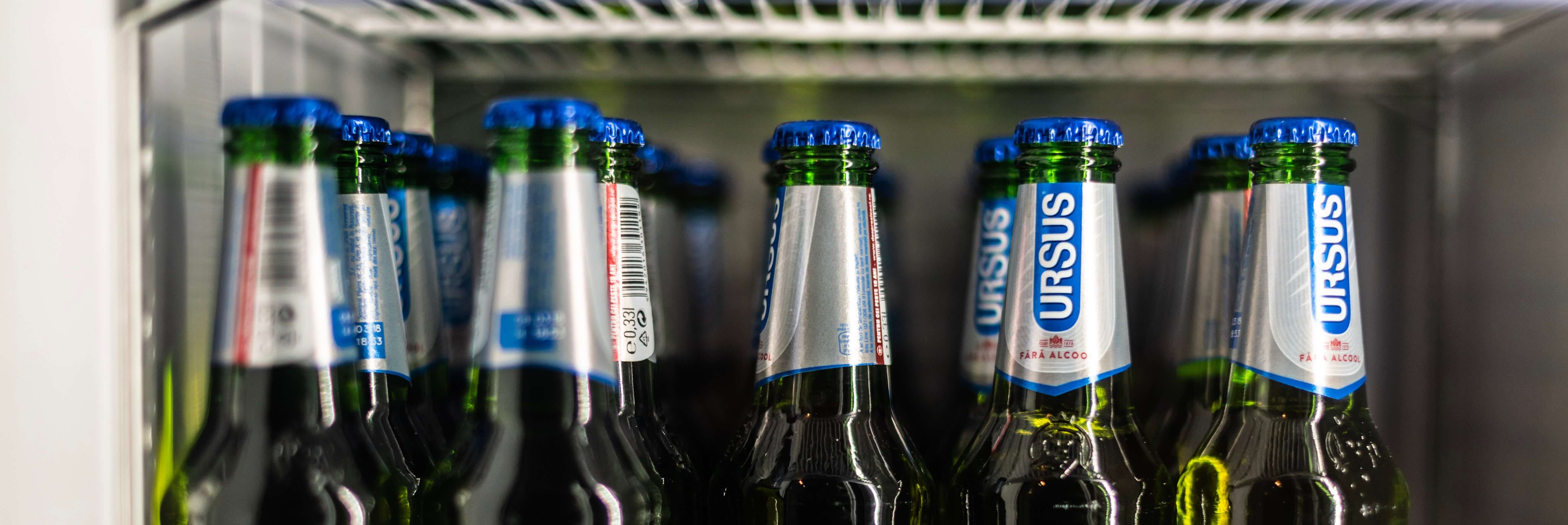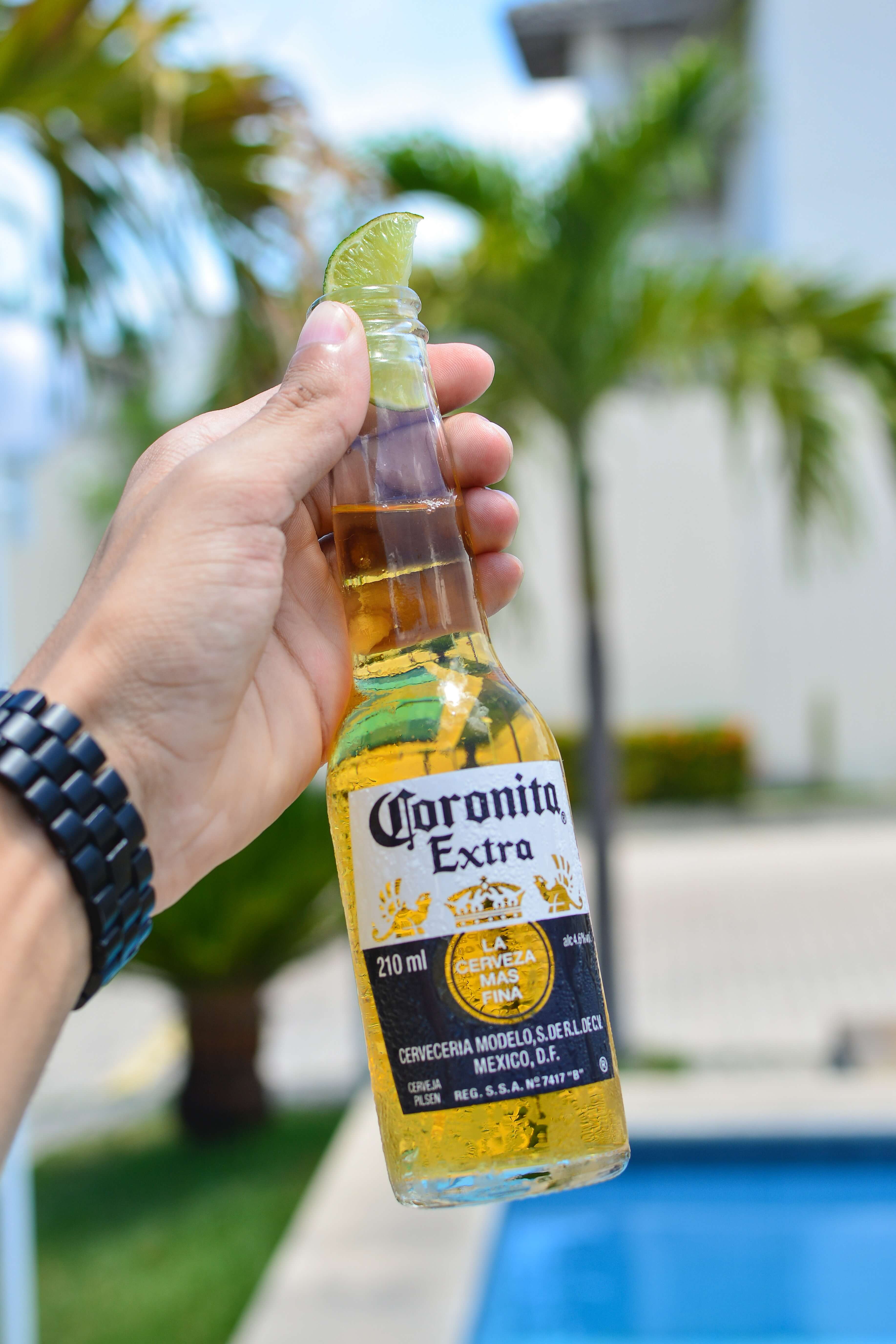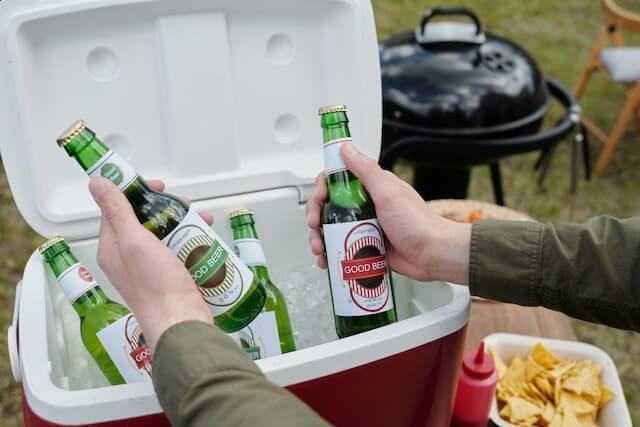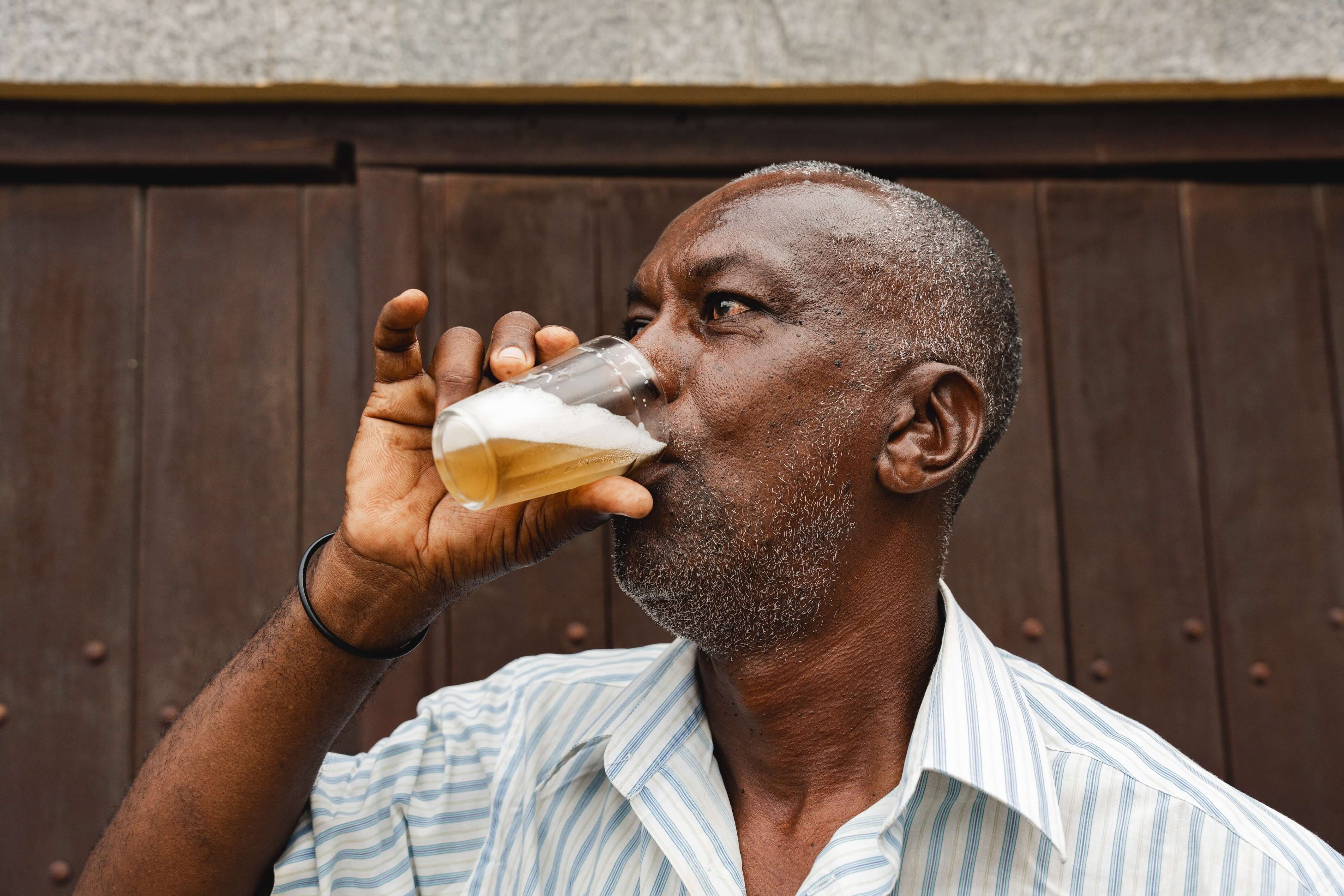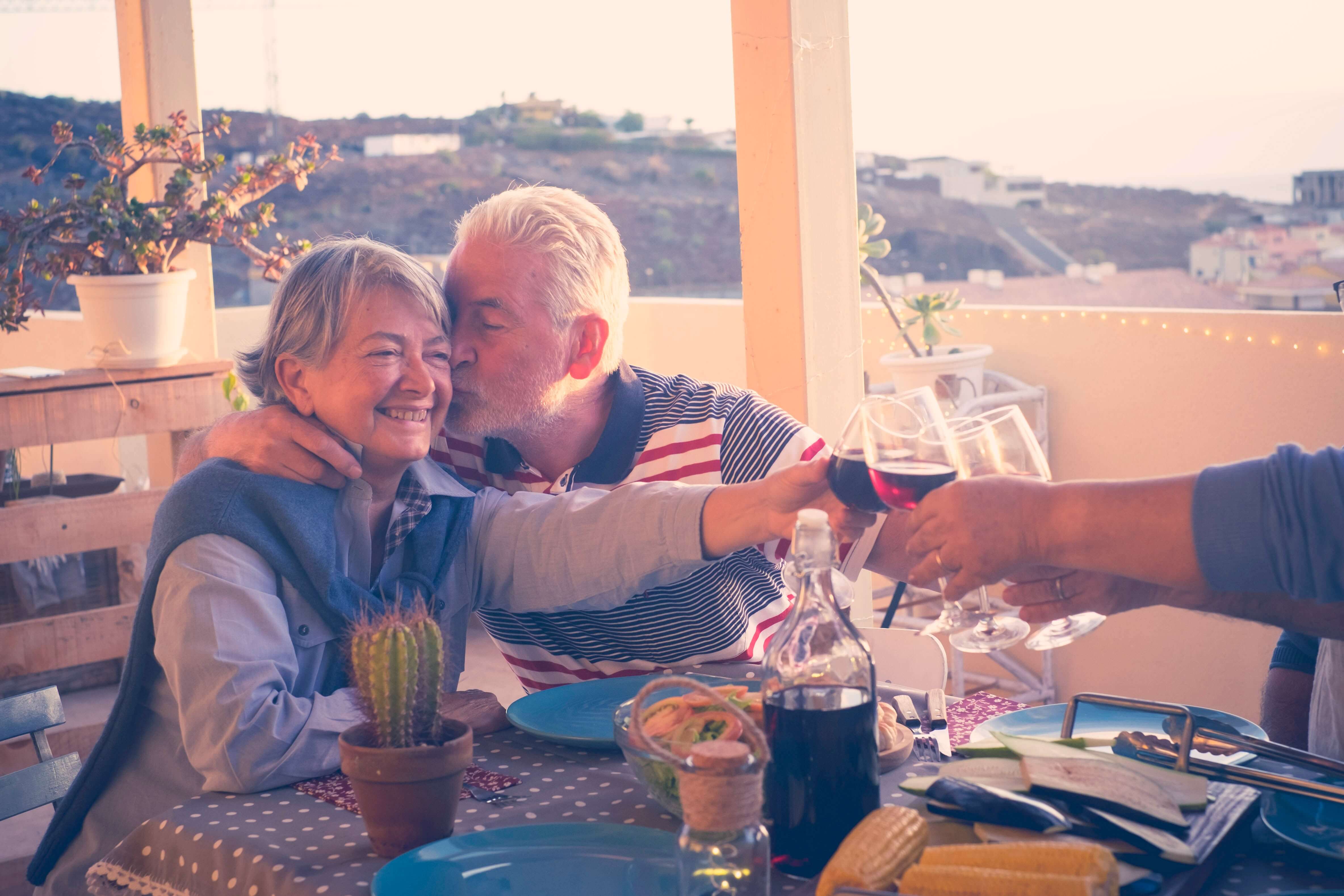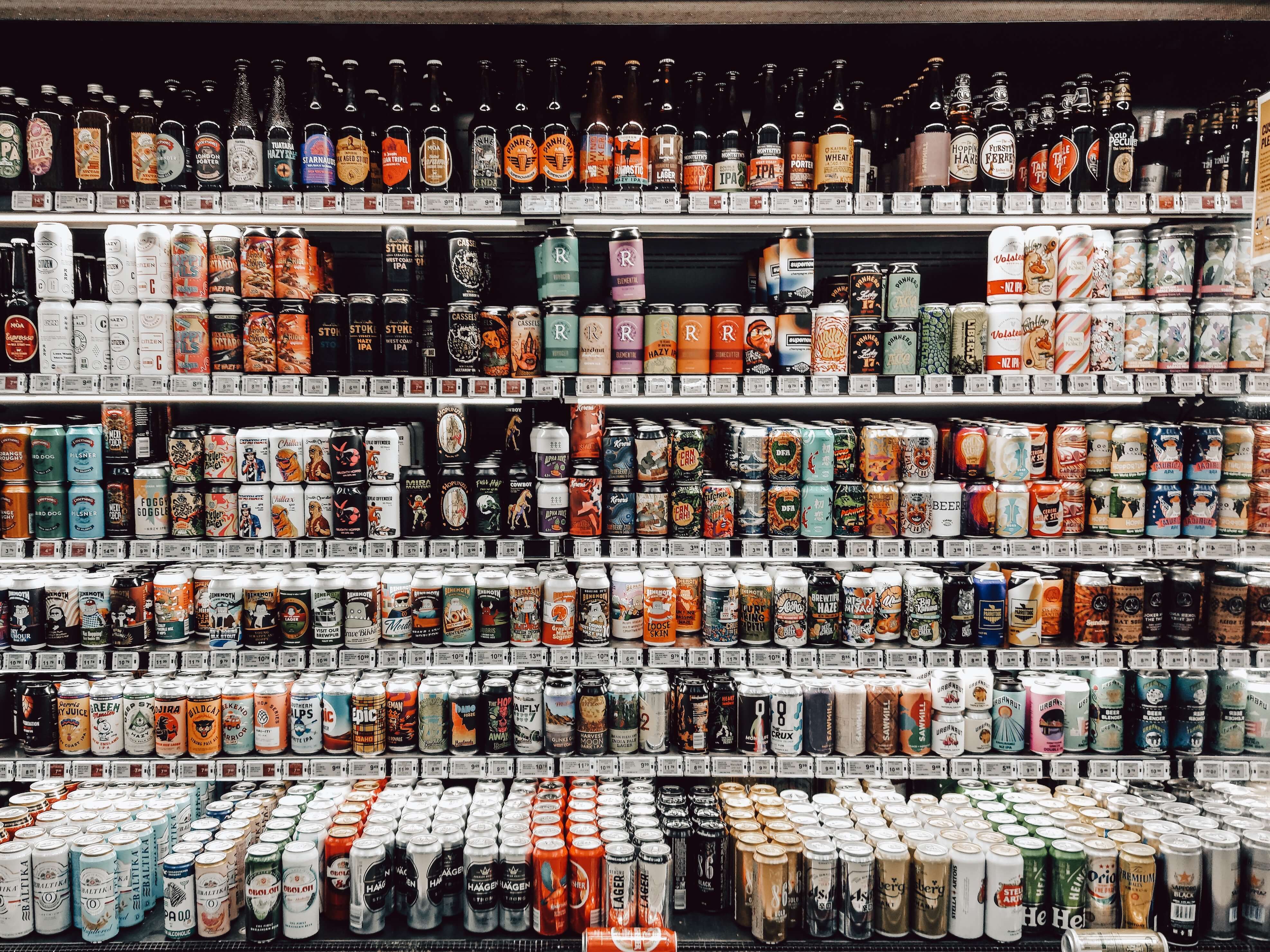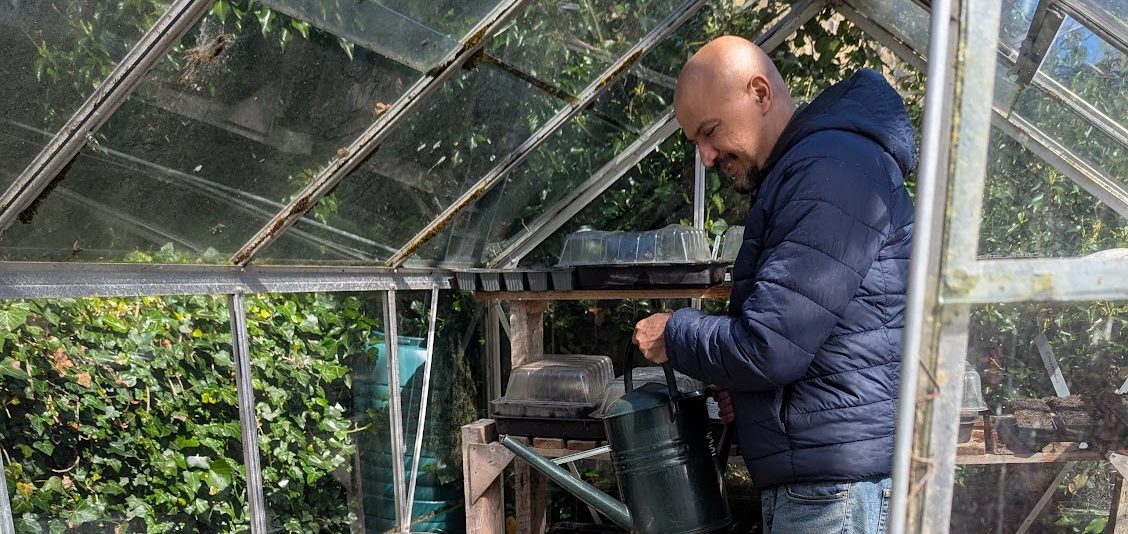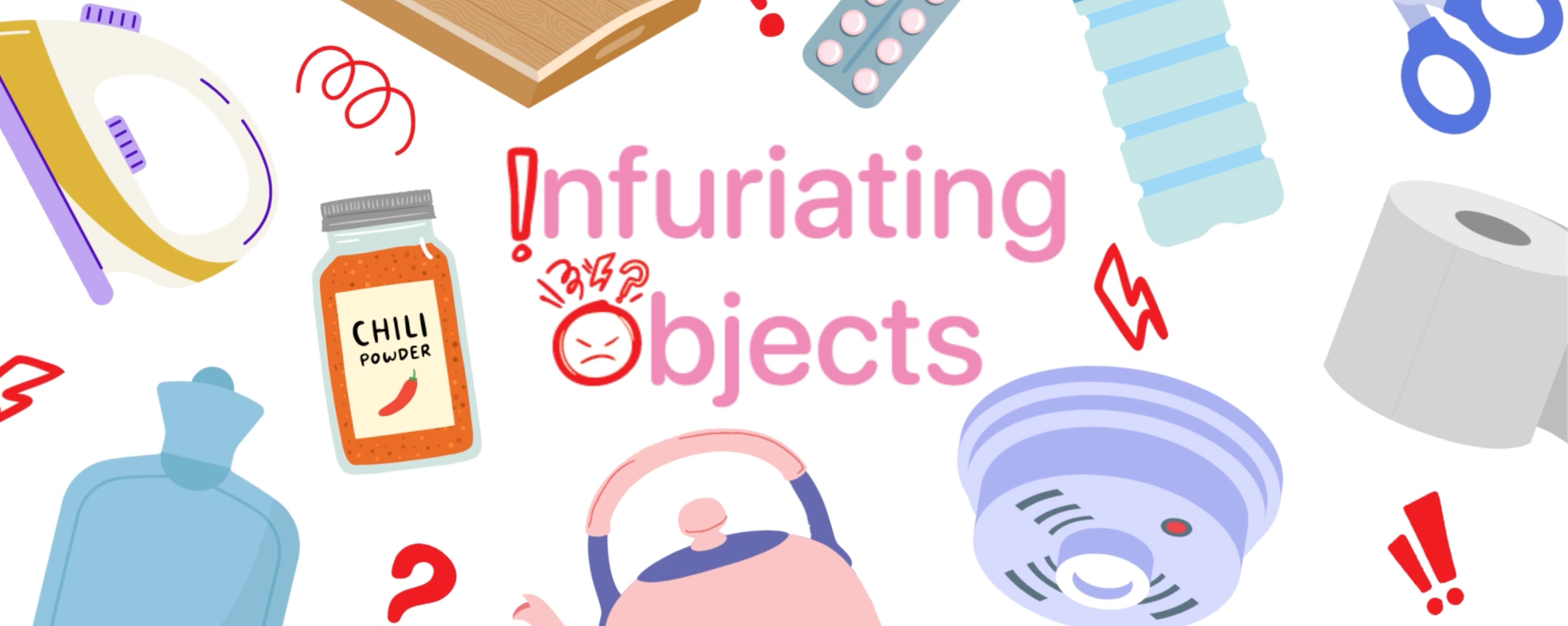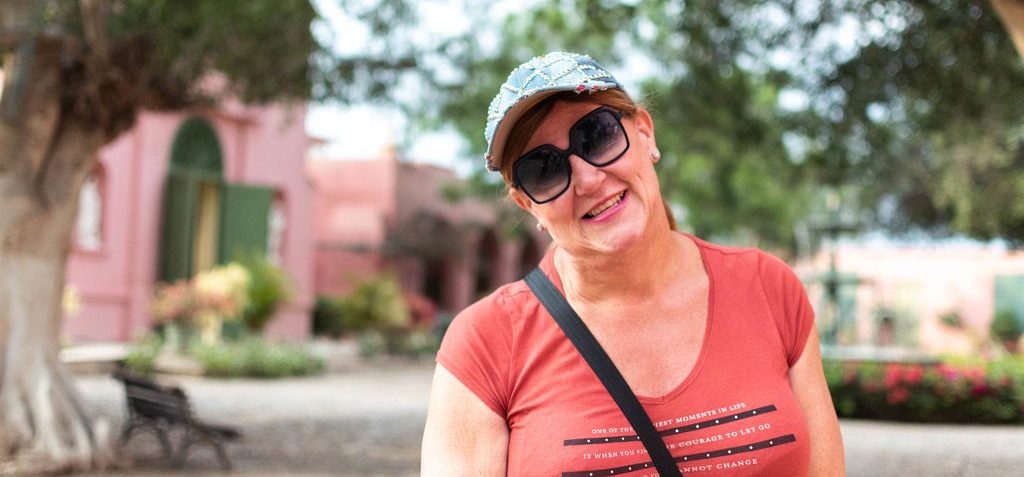Photography by Raphael Nogueira on Unsplash
I’ve aways been a beer drinker. In my youth, when I valued quantity over quality, I wasn’t terribly discerning. Budweiser…National Bohemian…Coors Light: it was all the same to me. Back then, Corona with a lime qualified as upscale.
Around the time I hit 40, however, I discovered that hangovers in midlife weren’t nearly as much fun as they used to be. Had I still been living in the U.S., I might have elected to swap beer for pot, as many of my American friends have done. But marijuana isn’t legal in the UK. Plus, in the immortal words of Supreme Court Justice Brett Kavanaugh, “I like beer.”
So I needed a solution, one that would enable me to keep drinking beer without getting drunk. That’s when I began drinking low-alcohol beer (LAB), and its even milder cousin, no-alcohol beer (NAB). LAB is typically classified as having no more than 2.5% alcohol by volume (ABV), while NAB tops out at 0.5%.
Photography by Getty Images on Unsplash
I was fascinated to learn that Olympic athletes and marathon runners are now drinking low-alcohol beer, alongside water, as a form of hydration.
When I first started drinking low alcohol beer a decade or so ago, the pickings were slim…and bland. It all tasted kind of watery. Fast forward a few years and my local beer emporium now features all manner of flavours, textures and varieties. And boy, is it delicious. Beer is the new coffee. I was fascinated to learn that Olympic athletes and marathon runners are now drinking low-alcohol beer, alongside water, as a form of hydration. Because beer is rich in phenols—which lower inflammation and reduce the risk of sickness—it helps athletes recover from intense workouts.
Photography by Felipe Ditadi on Unsplash
I’m not alone in my predilection for lighter alcoholic fare. Sales of non-alcoholic beer have climbed 90% in the past decade. By 2024, global sales of are expected to top $25b, translating into an annual growth rate of 8%. Nor is it only beer that’s broadened its range. Spirit-free and low-ABV cocktails are also all the rage, featuring exotic ingredients like grapefruit shrubs, non-alcoholic aperitif syrup and smoked tea. The market for these products was worth US$74m in 2017. By 2026, its value is predicted to top US$200m. Up next? The wine market. Innovations in processing technology are already underway.
A key driver in the shift towards moderate drinking has been the rise of the so-called “Sober Curious” movement. This campaign is all about questioning your relationship with alcohol and trying sobriety out, even if you are not ready to commit to it fully. Perhaps the best-known example is “Dry January” – where people give up drinking for the entire month of January—and its more recent incarnation, “Sober October.” According to Alcohol Change UK, an estimated 9 million people stopped drinking last January in this country, which was one million more than the previous year. In the United States people taking the “Dry January” pledge rose from 21% of adults in 2019 to 35% in 2022.
Breaking the data down by age group, however, reveals a more nuanced picture. Much of the popularity of low and no-alcohol drinks has been spearheaded by younger generations concerned about wellness. Alcohol is high in both calories and sugar, so it’s bad for your health. It also has a negative impact on productivity, and it’s expensive. According to research reported by Amplyfi, Gen Z (anyone born between 1981 and 1996) is drinking more than 20% less than other generations did at their age. They are also the demographic most likely to engage in “frictionless drinking” (sometimes called “blended drinking”) where you alternate alcoholic drinks with non-alcoholic ones.
Photography by Getty on Unsplash
Middle-aged drinkers have been less inclined to temper their drinking habits. According to Alcohol Change UK, British citizens aged 55-64 are more likely than anyone else to drink at higher risk levels and are least likely not to drink at all. The United States reveals similar trends. According to the American Association of Cancer Research in late 2022, millennials were most likely to participate in Dry January in 2023 (19%) vs. Gen Xers (14%) and Baby Boomers (12%).
Those of us who grew up drinking a lot in the 80’s and 90’s struggle to let over-consumption go.
Those numbers are at least partially down to income: older people earn more, on average, than younger people do. I suspect these statistics also reflect the adage that “old habits die hard.” Those of us who grew up drinking a lot in the 80’s and 90’s struggle to let over-consumption go. In the UK, I’ve also observed an almost “macho” culture around excessive drinking within my otherwise mature age cohort: I’ve frequently been teased by friends and colleagues alike over here for being a “lightweight.” As one British psychiatrist who specialises in old age put it: “I remember when drinking to intoxication was socially desirable. Those who dared to go against the grain where often socially excluded. If we wanted to fit in—like it or not—drinking was a given.”
But that doesn’t mean older folks can’t change their ways. I personally think the key lies in convincing older people that reducing our intake of alcohol doesn’t necessarily mean reducing the community that has grown up around drinking. Pubs are gradually dying out in the UK, but pub culture doesn’t have to go with that. Taking a page from the Sober Curious movement, perhaps we’ll begin socialising at sober bars (bars that do not serve alcohol). In researching this article, I was delighted to discover a number of them in the UK, including one right around the corner from where I often work. Or we might alternate bar hopping with other types of “sober” extra-curriculars: book clubs, writing groups, knitting circles.
Photography by Rilla Paris on Unsplash
We also need to do a better job of convincing older drinkers of the adverse health consequences that arise from drinking too much. According to the World Health Organization, the harmful use of alcohol results in the deaths of three million people annually. These deaths arise not only from cirrhosis, cancer, and cardiovascular diseases, but from alcohol’s pernicious knock-on effects on violence, road traffic accidents and foetal alcohol syndrome.
One Cambridge University study suggests that having more non-alcoholic alternatives available in stores and online may induce consumers to reduce consumption.
To my mind, the most promising tool for reducing alcohol consumption comes off the back of a new body of research demonstrating how you can “nudge” people towards drinking less. One Cambridge University study suggests, for example, that having more non-alcoholic alternatives available in stores and online may induce consumers to reduce consumption. Another study showed that serving wine in smaller glasses, even while keeping the amount of wine in the glasses similar, led to people consuming less alcohol.
As for me, I’ll never stop drinking beer. It’s one of my great pleasures in life. But I do feel better—I even sleep better—now that I’ve made the move to low- and no-alcohol variants. Speaking of which, I’m off to a pub quiz tonight. My ticket comes with a free drink and guess what? I already know what I’ll be ordering.

 &
& 
